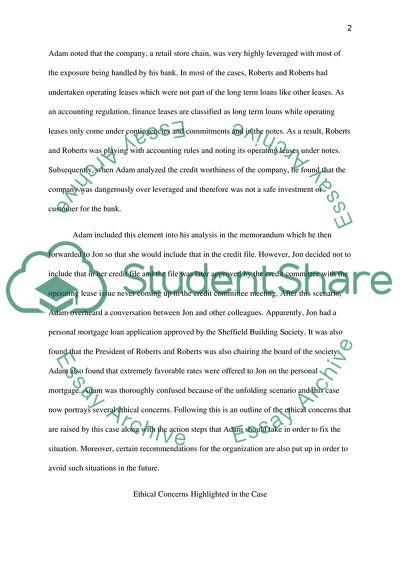Cite this document
(Financial Regulation & Supervision Essay Example | Topics and Well Written Essays - 2250 words - 1, n.d.)
Financial Regulation & Supervision Essay Example | Topics and Well Written Essays - 2250 words - 1. https://studentshare.org/finance-accounting/1767913-financial-regulation-supervision
Financial Regulation & Supervision Essay Example | Topics and Well Written Essays - 2250 words - 1. https://studentshare.org/finance-accounting/1767913-financial-regulation-supervision
(Financial Regulation & Supervision Essay Example | Topics and Well Written Essays - 2250 Words - 1)
Financial Regulation & Supervision Essay Example | Topics and Well Written Essays - 2250 Words - 1. https://studentshare.org/finance-accounting/1767913-financial-regulation-supervision.
Financial Regulation & Supervision Essay Example | Topics and Well Written Essays - 2250 Words - 1. https://studentshare.org/finance-accounting/1767913-financial-regulation-supervision.
“Financial Regulation & Supervision Essay Example | Topics and Well Written Essays - 2250 Words - 1”. https://studentshare.org/finance-accounting/1767913-financial-regulation-supervision.


